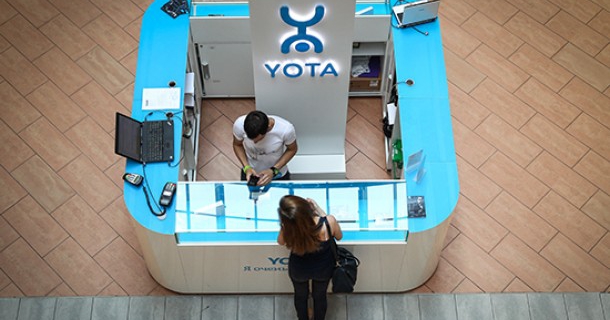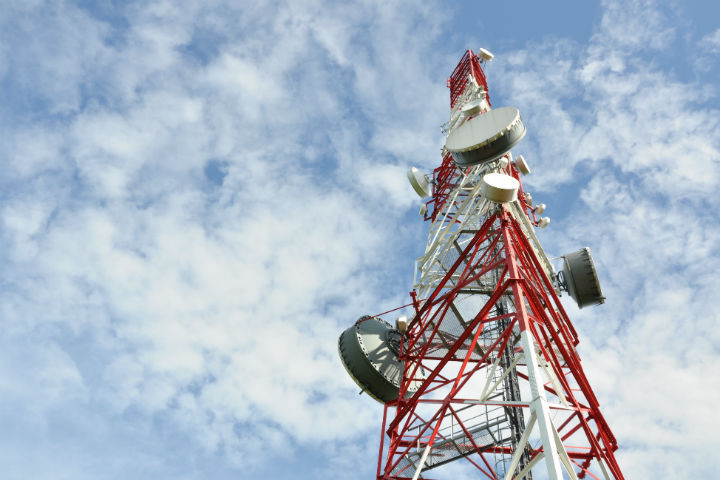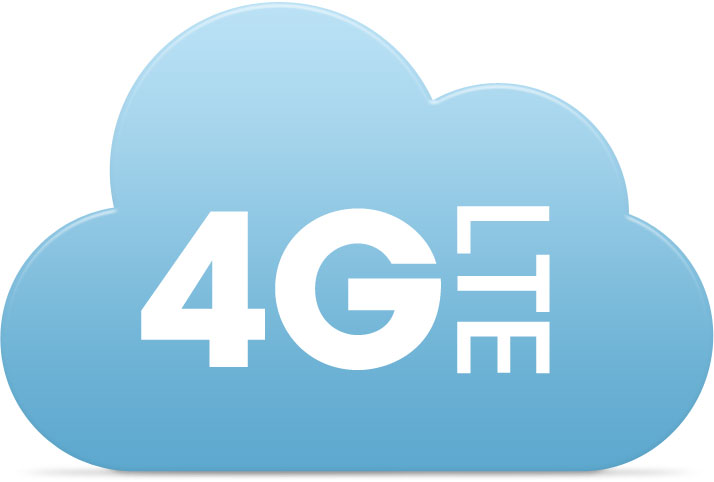
The mobile operator Yota began supporting LTE 1800 in Russia
Federal cellular operators to increase the capacity of LTE networks use several standards. Until recently, Yota used the LTE-2600 MHz standard. Today, the press service of this operator was reported that the LTE-1800 MHz range is expanded. What gives the appearance of a second range for Yota subscribers we will tell in this article.
Navigation
What does Yota say?
Sharing of LTE 2600 and LTE 1800 standards increases the network volume and increases the access of the signal to the location with a bad link. Today, the second channel has already begun to act several regions of Central Russia. In turn, Amur region and Dagestan, as well as the remaining regions of Russia.
The LTE-1800 standard provides indoor connection well and increases the speed of the mobile Internet. According to the estimates of Yota specialists in Moscow, half of the subscribers have gadgets that allow them to work in 4G (standard 1800 MHz).

The appearance of the second range in the arsenal of this cellular operator was made possible by combining Networks of PJSC MegaFon and Scartel LLC.
What is LTE 1800 and LTE 2600?
Maintaining cellular operators of two bands is not uncommon. In Russia, as well as most European countries, the Band 3 (LTE 1800), Band 7 (LTE 2600), Band 20 and Band 38 (LTE 2600), Band 20 and Band 38 are used. In addition to different frequencies, each "Benda" has a different data transfer rate. For Band 3, it is 75 Mbps, and for Band 7 - 300 Mbps. But today, operators using LTE-Advanced technology can combine the ranges. Thanks to which the speed of the mobile Internet is "summed up" and increases.
What is better - LTE 1800 or LTE 2600?
Say, what range of two used most of our operators is optional. If you repel only from speed, then the answer is 2600 MHz (Band 7) is obvious. But, only by this indicator the quality of the range is not measured. It is necessary to take into account the resistance of the signal, and the area of \u200b\u200bthe coating. The base stations that provide the LTE 1800 signal cover the area, several times more than the 600 MHz band station (Band 7).

It is also necessary to consider that LTE 1800 is better penetrating the inside of the premises.
This allows us to conclude that if you take into account the work on the outdoor Internet, then LTE 2600 is preferable. But if you are inside buildings (and most often it happens), then LTE 1800 is better. But, we have already told the above that cellular operators can provide the operation of the device immediately in two bands. And therefore their advantages are combined, and the disadvantages are leveled.
When using a cellular operator Yota at once of two ranges, customers of this company receive advantages at once both of the bend. They can use the Internet at high speed and not be afraid of the overload of the network.
What standard does my phone support?
Today, all models of "smart" phones support work immediately in several networks. If you purchased a smartphone in domestic cellular communication salons or electronics stores, there is nothing to fear. They are certified to work both in Band 3 and Band 7. The exception can be smartphones purchased on Chinese sites: Aliexpress, Banggood, Gearbest and the like.

LTE
There may be two options. Either a smartphone for physical abilities does not support work in LTE networks of our ranges, or it does not give it to make it firmware. Smartphones for Chinese, Japanese and some other Asian markets are designed for bands that do not meet European standards. And they have a firmware that allows you to work only in such networks.
If you purchased a phone with such a firmware, then you will have to change it to "global". How to do it can be found on the 4PDA forum by choosing a branch with the desired smartphone model.
